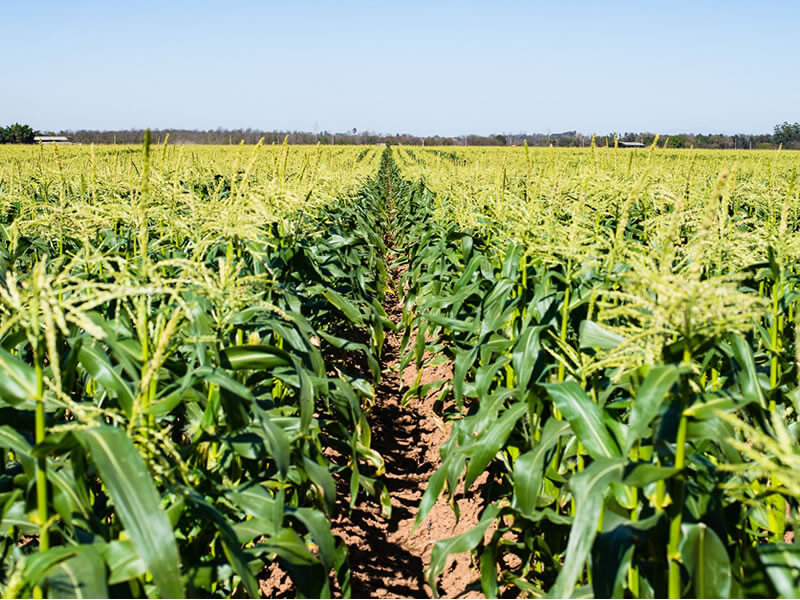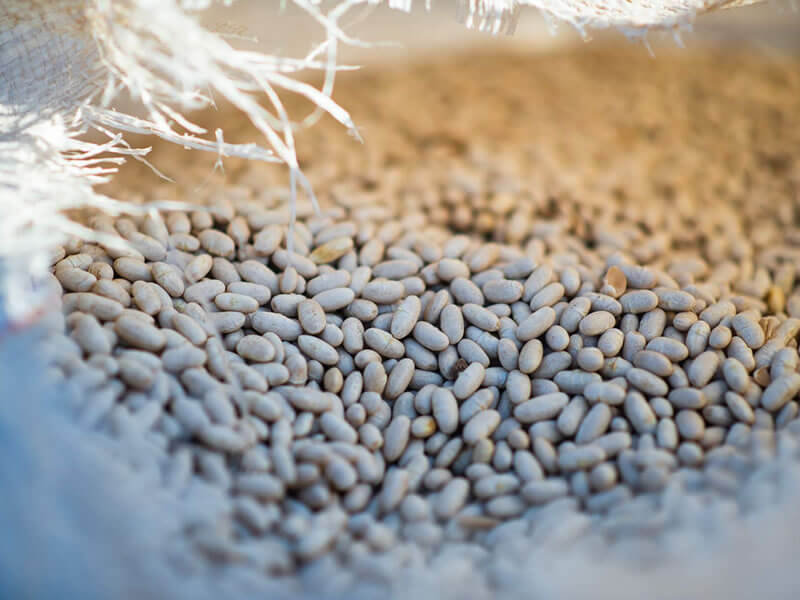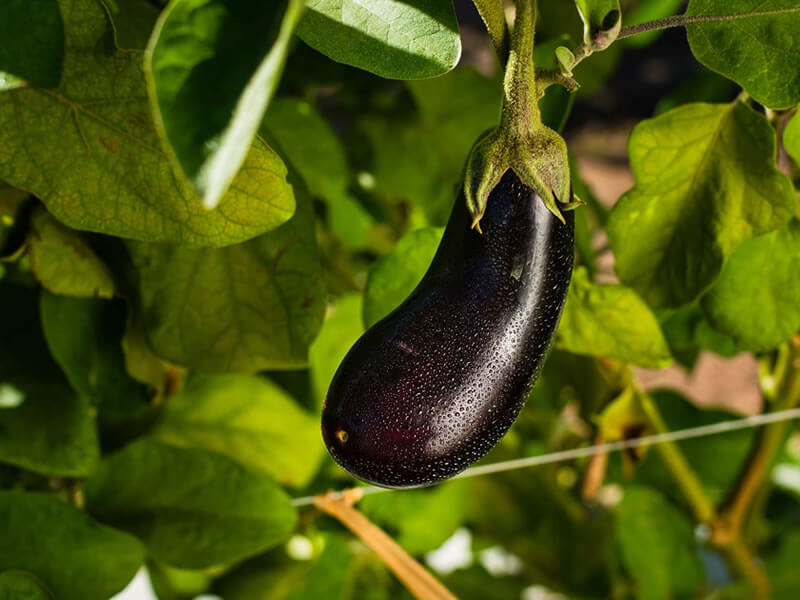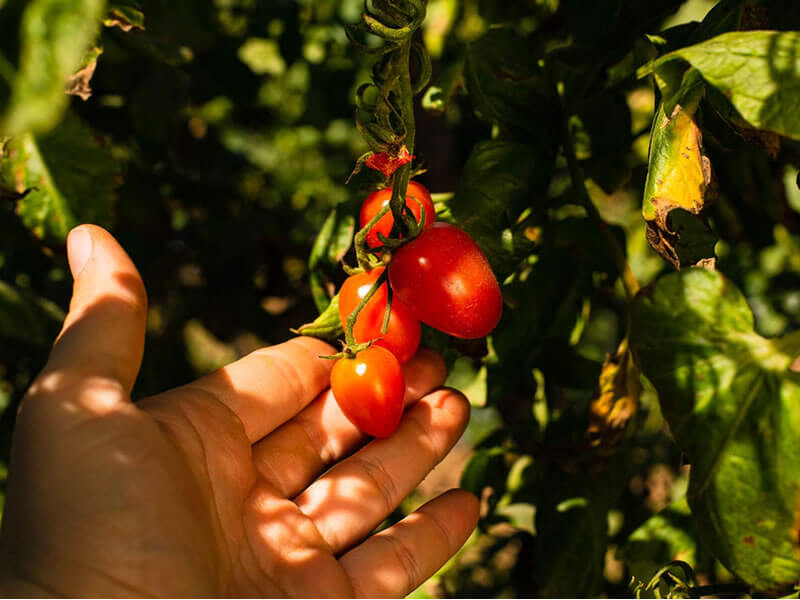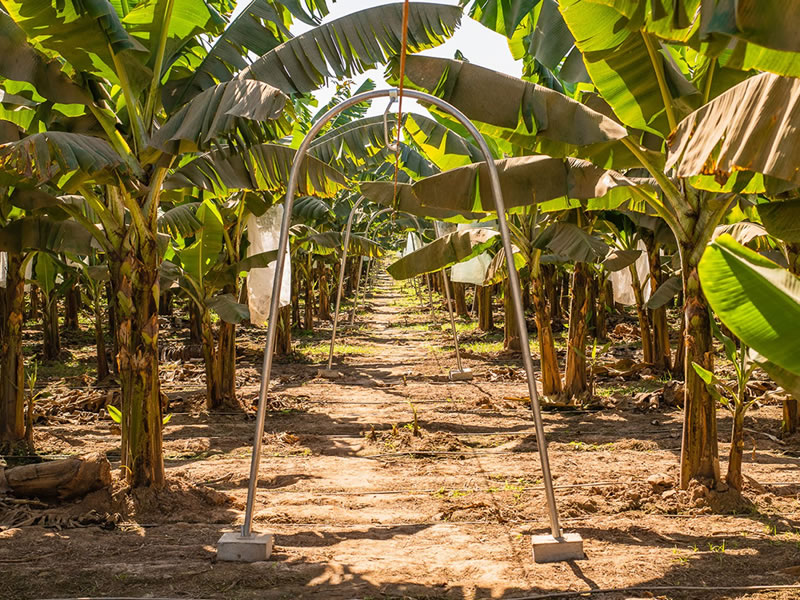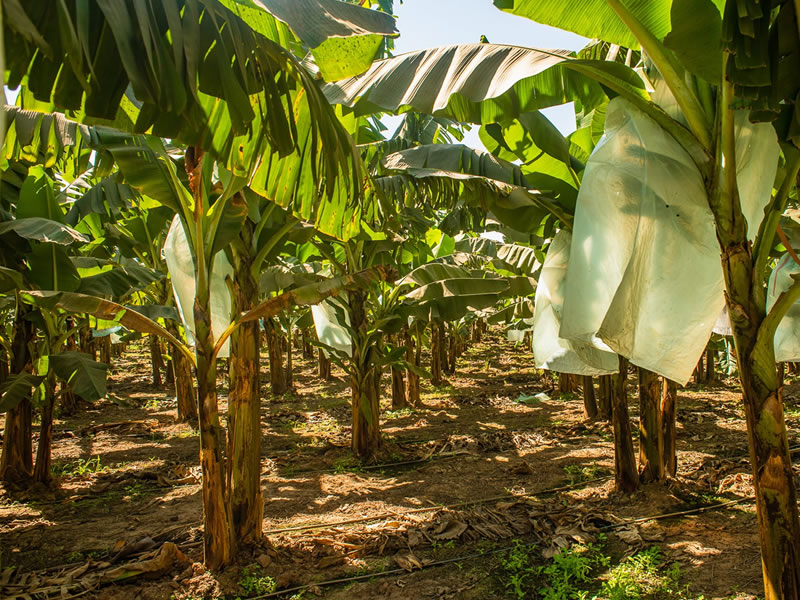ACTIVITIES
AGRICULTURAL
ACTIVIDADES
AGRICULTURAL
ACTIVITIES
AGRICULTURAL
GRAINS AND FRESH VEGETABLES
We produce around 26.800 hectares of grain, corn and beans in their different varieties. This is done in extensive lands. We also produce fresh vegetables by drip irrigation. For these vegetables we have 180 hectares of greenhouses and around 1.200 hectares in the field.
GRAINS
Cereals: Corn: 1.800 hectares are sowed for own consumption.
- Legumes: Beans 25.000 hectares. Variety: White, red, cranberry and black.
FRESH VEGETABLES
- Greenhouse: 180 hectares (pepper).
Field: 1.200 hectares.
- Varieties: Pepper, tomato (round and cherry), eggplants, corn-cob and round zucchini.
BANANA
This project emerged with the idea of offering additional value to the banana, an endogenous plant of the region, by generating innovation from the growth of the fruit until the post harvest stage.
In Argentina, the banana consumption is very high and currently our country, as a producer, can only cover the 10% of the national demand. The remaining 90% has to be imported from Ecuador, Colombia and Costa Rica, where technology and quality prevail.
In our country, there are two zones that are suitable for the banana production due to their tropical weather along the year and also on account of lack of frost in winter. One is the Yungas, partially stretching from Salta to Jujuy provinces and the other is Formosa province, in its limit with Paraguay.
In Argentina, the main attribute perceived by consumers is quality, this is the reason why the 90% is imported.
Focusing in Salvita’s Project, it is worth mentioning that it is innovative in technology for several points of view:
First of all, the production of seedlings is carried out in laboratories, where the meristems of a chosen clone are produced. In this way, equal plants free of pests are get.
Secondly, drip sprinkler system, where fertilization and irrigation simultaneously take place on a daily basis.
Then, we have cable track systems in the whole field allocated 50 meters away one from the other. This allows a maximum route of 25 meters between the plant and the cable, letting the fruit be transferred to the packing plant without being bumped.
The existing care during the growth of the fruit is a very innovative issue because plastics, known as nun’s neck (Cuello de Monja) are used to protect and segregate the fruit. This prevent the fruits from bumping or marking among themselves. At the same time the banana bunches are covered with a bag to avoid the contact of birds and bugs and thus obtain much cleaner fruit.
Last, but not least, there is the packaging stage, where the product is washed, disinfected, sanitized and placed in boxes that will be taken to the place of consumption.
HEADQUARTERS
San Lorenzo Chico, Salta – Rep. Argentina
+54 (387) 6725970 / +54 (387) 6726430
EMBARCACIÓN ADMINISTRATIVE OFFICE
Ruta Provincial 53, Km 5, Embarcación, Salta – Rep. Argentina
+54 (03878) 471-253
BUENOS AIRES ADMINISTRATIVE OFFICE
Calle de la Semilla entre Calle de la Siembra y del Cultivo 1771, Villa Celina
Buenos Aires – Rep. Argentina+54 (011) 2084-3198



